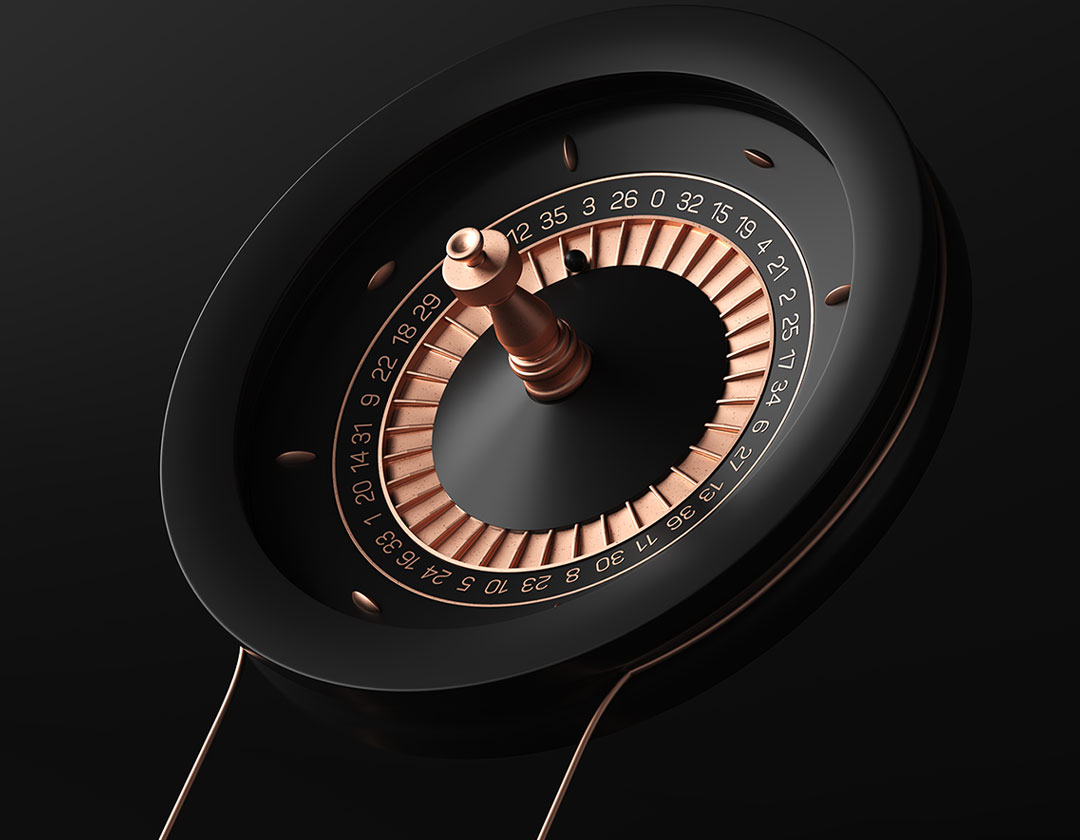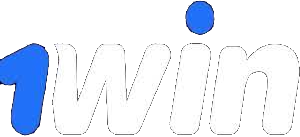
Playinexch
In the ever-evolving landscape of online gambling and betting, Playinexch has emerged as a significant player. Since its inception in 2021, this platform has swiftly garnered attention, particularly in India, drawing in over a million users. This article delves into the various facets of Playinexch, examining its offerings, user experience, and the critical aspects of legality and responsible gaming.
This casino is blacklisted.
This operator has been blacklisted due to highly problematic business activities. We consider all blacklisted operators to be extremely high-risk to players and strongly encourage players never to consider handing money to a blacklisted operator.
Reasons:

The Rise of Playinexch

Origins and Growth
Playinexch made its debut in the online gaming arena in 2021. It distinguished itself in the densely populated market of online betting and casino platforms by focusing on an authentic and immersive gaming experience.

User Base
Within a relatively short span, Playinexch managed to attract over 1 million users, a testament to its appeal and functionality in the online gaming community.

Services Offered

Sports Betting
Playinexch offers a comprehensive range of sports betting options. Users can bet on over 30 sports, including popular choices like cricket, football, and tennis.

Cricket Betting
The platform extensively covers cricket leagues such as the IPL, CPL, PSL, and the World Cup, catering to cricket enthusiasts.

Casino Games
Apart from sports betting, Playinexch is a hub for various casino games.

Live Casino Games, Slots, and Table Games
With over 100 live casino tables, the platform provides an array of options, including live games, slot machines, and classic table games.

Platform Features and User Experience

Ease of Use
Playinexch emphasizes a user-friendly experience with easy deposit, play, and withdrawal processes. This approach aligns with the needs of both seasoned players and newcomers to online gambling.

Security and Fairness
The platform's commitment to security and fairness is evident. However, users should always verify the security measures and regulatory compliance of any online betting platform.

Legal and Ethical Considerations

Compliance with Local Laws
The legal landscape of online gambling varies across regions. Users must ensure they are compliant with their local laws and regulations.

Responsible Gaming
Playinexch, like any responsible platform, should encourage safe and responsible gambling practices. Users are advised to be aware of the risks of addiction and financial loss associated with gambling.

Trends and Updates

